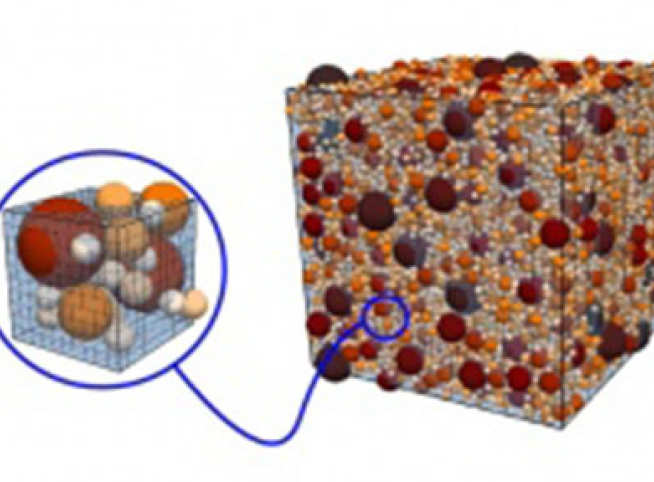Christopher Knight
Multi-scale analysis of liquefaction phenomena in soil
Started: October 2014
Supervisor: O'Sullivan, C.
Funding: Engineering and Physical Sciences Research Council (EPSRC)
Background
Liquefaction of sand can occur during earthquakes causing stable ground to suddenly and catastrophically lose its strength causing damage to buildings and infrastructure. Soil liquefaction was responsible for extensive damage in the 2010 and 2011 earthquakes in Canterbury, New Zealand and the 1989 Loma Prieta earthquake in California, USA.
Soil is a complex, multiphase system consisting of a particle 'skeleton' held in a metastable configuration by a network of interparticle forces permeated by interstitial pore fluid. Loading saturated soil sufficiently quickly generates large pore fluid pressures due to the incompressibility of water at typically encountered stress levels. Liquefaction occurs when an applied load is resisted entirely by the pore fluid pressure. At this point the effective stress in the soil skeleton vanishes and shear failure occurs.
A coupled Discrete Element Method – Computational Fluid Dynamics (DEM-CFD) method will be employed to further the understanding of liquefaction phenomena through numerical investigation of the micro and meso-scale properties of soil. Particles constituting the soil skeleton are simulated with DEM whilst CFD is used to simulate the flow of fluid through the interstitial pore spaces. Deformation of pore spaces due to the rearrangement of particles provides input for the CFD solver. Fluid velocities generated as a result then provide input for the DEM solver in the form of fluid-particle drag forces.

The Immersed Boundary Method (IBM) allows the Navier-Stokes equations to be solved for fluid flow around objects immersed in the flow field. IBM simulations will be used to investigate microscopic pore fluid flow properties to improve understanding of the particle-fluid drag force in porous media at the particle scale. Initial IBM studies will consider the flow of fluid through regular arrays such as simple cubic and face-centered cubic systems for the purpose of validation. Later studies will investigate the affect of size polydispersity and particle configuration on the flow behaviour in the dense packing limit.
A critical evaluation of drag expressions commonly used in geomechanics DEM simulations at the coarse grid scale will be carried out to determine their validity for systems with a high degree of size polydispersity. An attempt will be made to improve on these drag expressions by incorporating the effects of size polydispersity and configuration in a parametric form in the fluid-particle drag force calculation. Results obtained from micro-scale IBM simulations will inform the choice of equations and parameters to be used in these coarse grid simulations.
CHRISTOPHER KNIGHT
PhD Candidate - Geotechnics
Department of Civil & Environmental Engineering
Imperial College London SW7 2AZ
christopher.knight13@imperial.ac.uk


